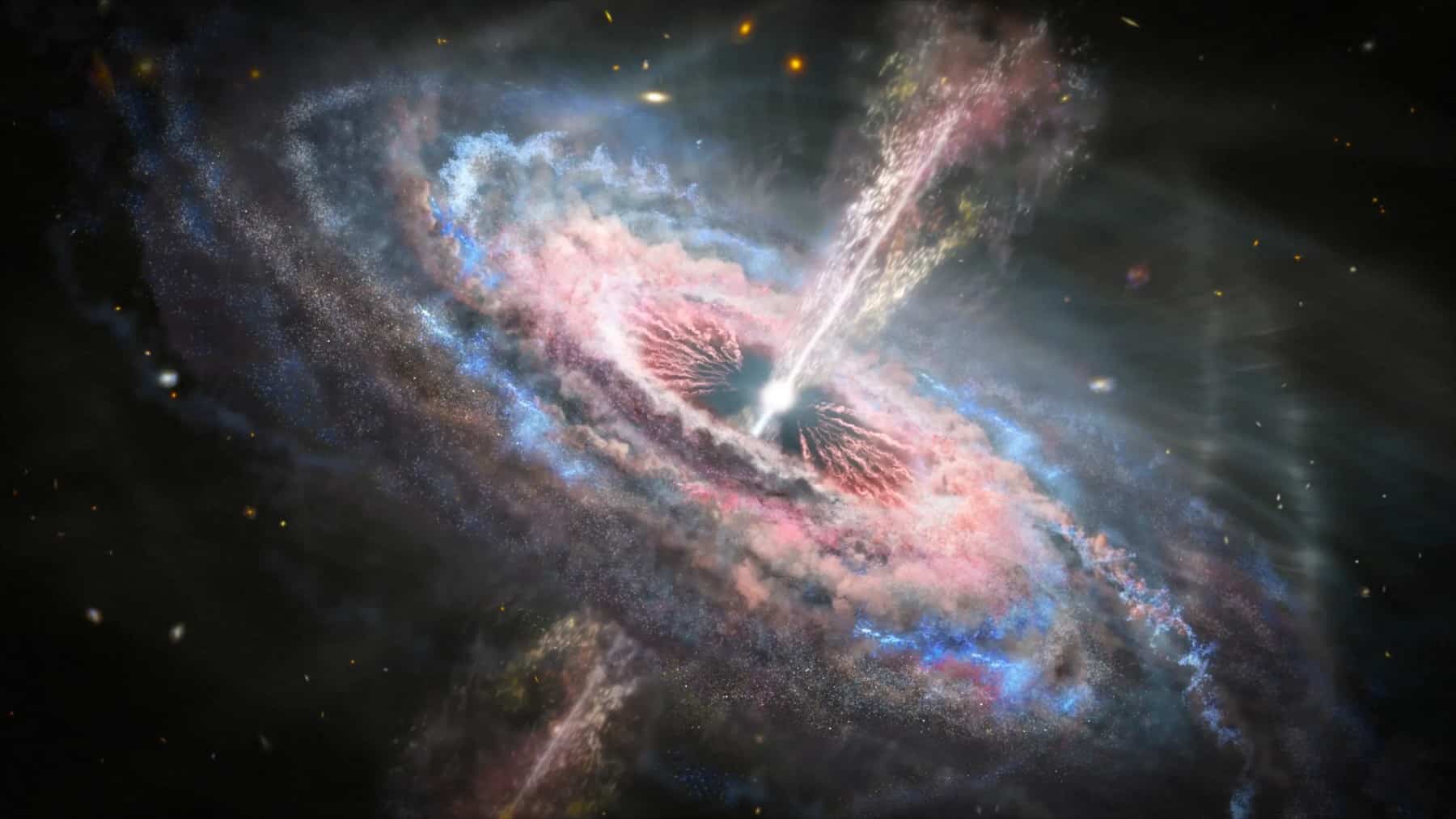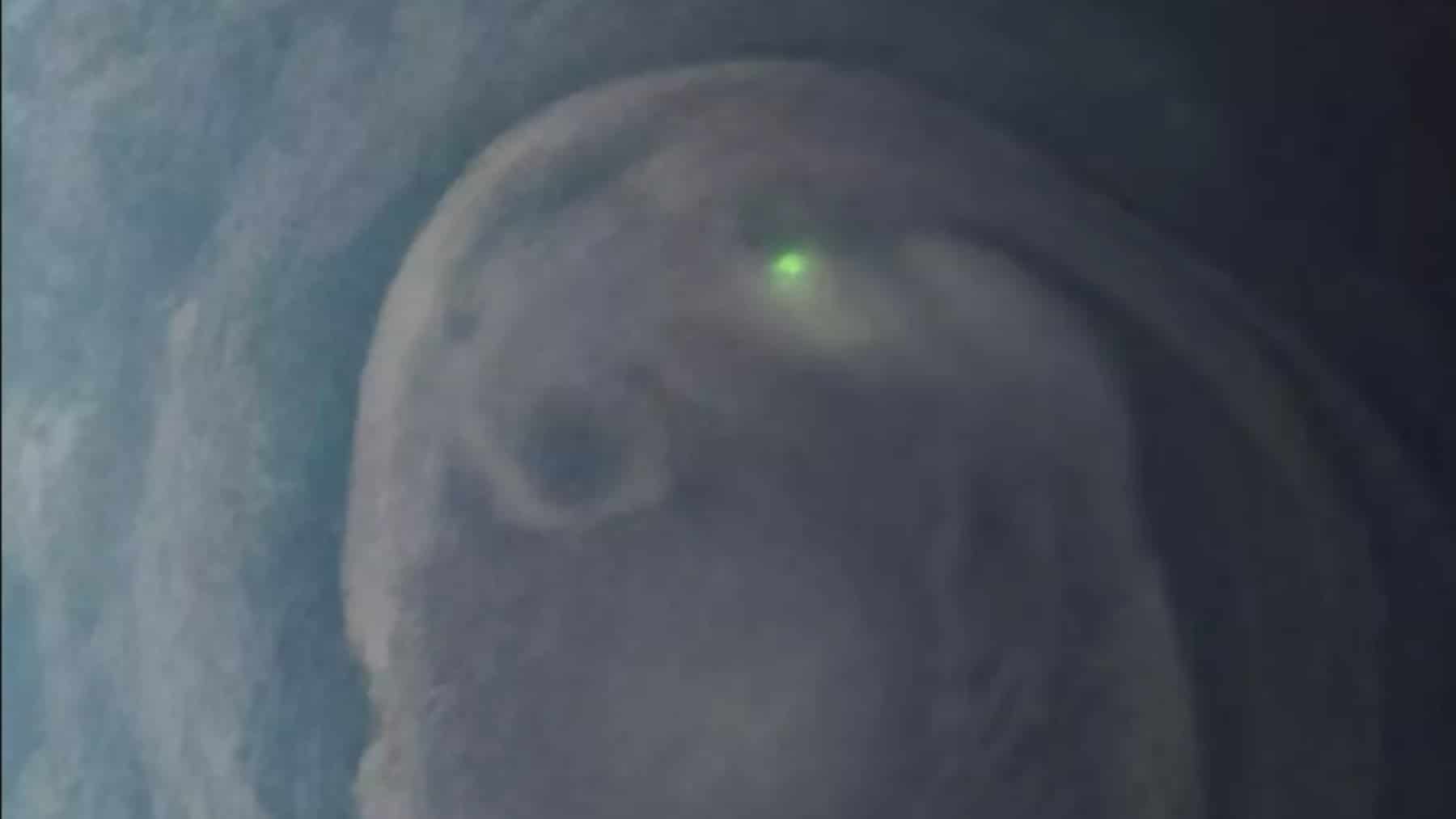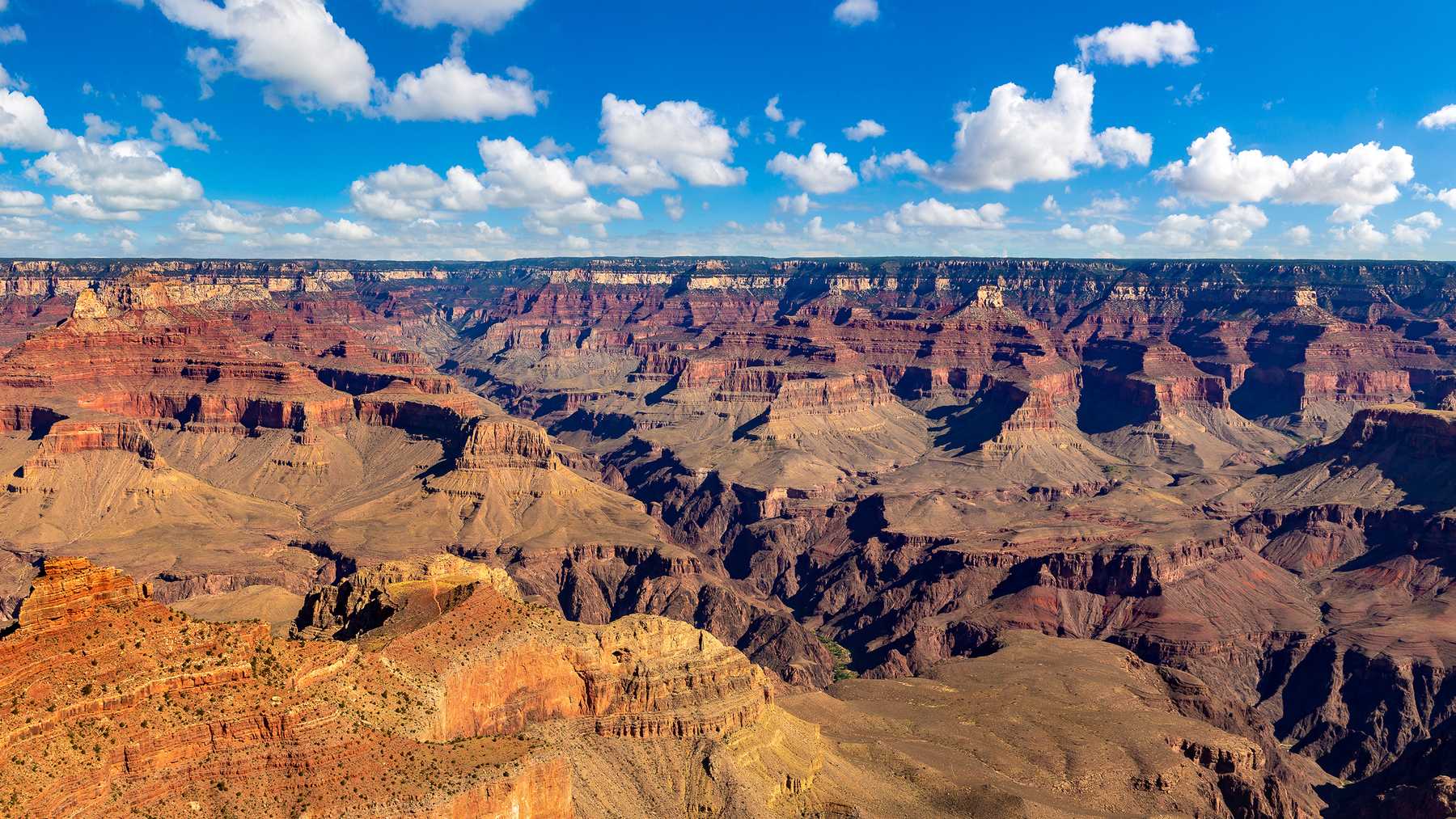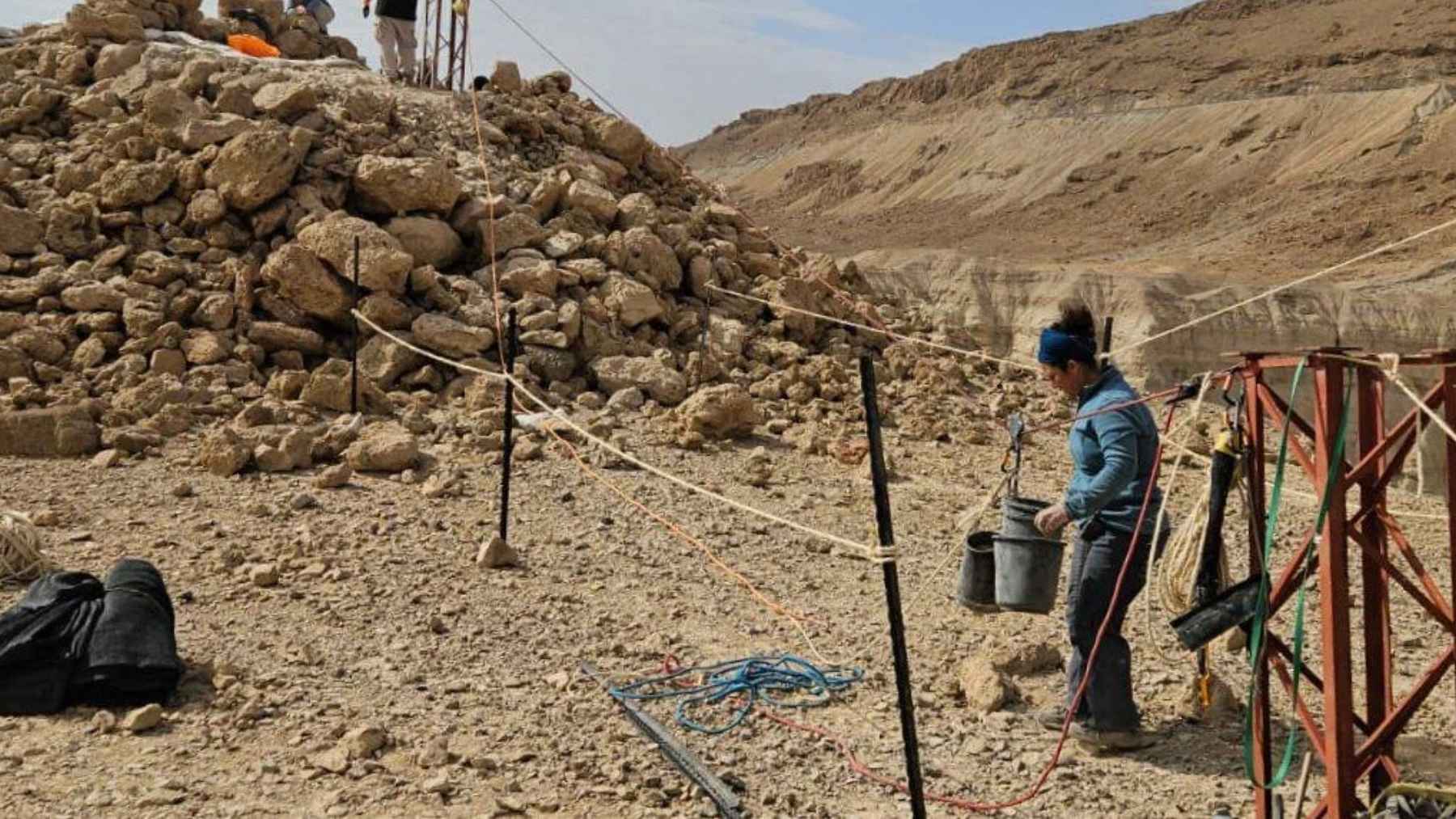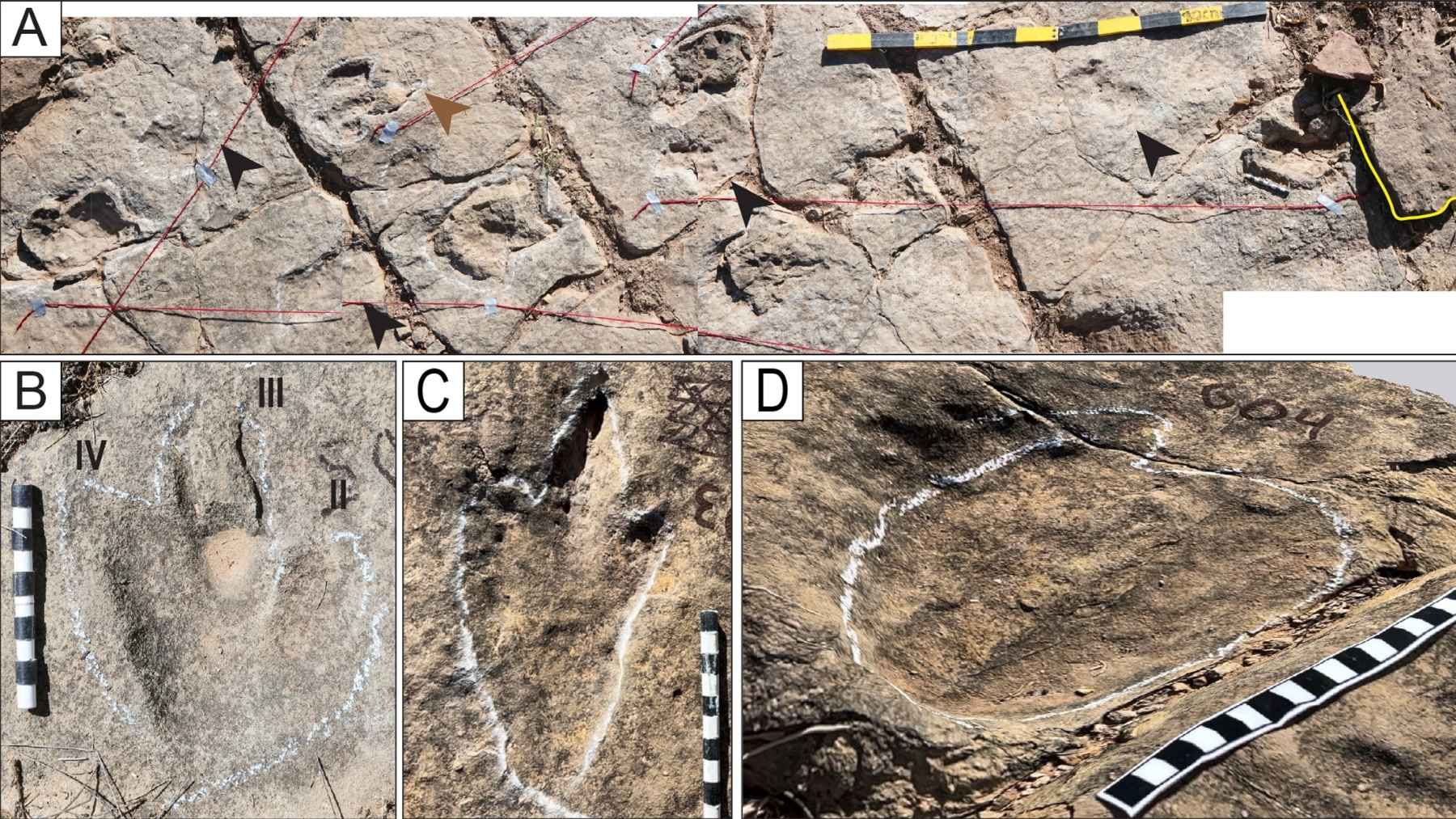In the Ophiuchus galaxy cluster, astronomers spotted the largest explosion in the universe, and that explosion consisted of energy equivalent to a billion supernovae as it made a 1.5 million-light-year-wide bubble. The outburst, which began from a supermassive black hole and contradicted existing models of galaxy clusters, can help provide insights into them. The term is metaphorical, as the Big Bang wasn’t an explosion in the traditional sense but the origin of the universe as we know it.
Ophiuchus is home to the universe’s biggest explosion
NGC 6170, or the Ophiuchus galaxy cluster, is a massive galactic cluster found roughly 390 million light-years away and one of the largest and most studied in the Universe. It is a supermassive black hole at the heart of a galaxy that was responsible for the huge outburst.
This explosion unleashed an incredible amount of energy, roughly a billion times more than your average supernova. It chiseled out a massive cavity in nearby intergalactic gas, creating a bubble over 1.5 million light-years away.
This explosion would stretch 15 Milky Way galaxies wide, head to tail. The finding came on the heels of a 2016 paper that spotted a puzzling sharp-edged curve in X-ray images of the Ophiuchus cluster, obtained by NASA’s Chandra X-ray Observatory.
The scientists speculated that the curve might be the edge of a colossal bubble formed by the jets of the black hole. When they had first calculated how much energy would be required to build such an enormous structure, it seemed too big to be true.
But additional work, using a combination of radio and X-ray data, revealed an extensive region of radio emission adjacent to the X-ray edge, confirming that this bubble was indeed an explosive eruption driven by the black hole.
The biggest galactic explosion is confirmed by radio and X-ray data
The discovery hinged on a complex blend of observations at different wavelengths that delivered a more nuanced picture of the effects of the explosion. The scientists tracked the source of the eruption using data from multiple advanced observatories, including NASA’s Chandra X-ray Observatory; ESA’s XMM-Newton; the Murchison Widefield Array in Australia; and the Giant Metrewave Radio Telescope in India.
The radio emissions from the explosion were especially telling, as they illuminated the space created by the jets of the black hole (like these black holes which have something disturbing about them). These emissions were emitted by electrons accelerated to near light speed and were detected as low-frequency radio waves.
What makes these observations so significant is that the radio emissions represent a “fossil record” of the explosion. While cosmic-ray protons lose energy over time, which prevents their emission from being visible at high radio frequencies, cosmic-ray electrons can remain visible at low radio frequencies, which implies the eruption happened several hundred million years ago.
The radio waves perfectly aligned with the X-ray data forming a composite image that highlights the explosive cavity and the impact of its burst. The potent combination of radio and X-ray data proved crucial in confirming the eruption’s never-before-seen size and strength.
Perhaps the most interesting thing about this discovery is what happened to the gas: the gas displacement evident in X-ray data. This sloshing phenomenon can happen when the intergalactic gas is disturbed by big forces, like the eruption from the black hole. Sloshing typically occurs when two galaxy clusters merge, but in this case, researchers suspect the eruption itself may have pushed the gas around.
The explosions of black holes challenge the role of gravity in galaxy clusters
“This finding shows the extreme power of supermassive black holes and suggests galaxy clusters, thought to be largely controlled by gravity, are more influenced by energy,” University of Houston researcher David A. Buote said.
The eruption changed the Ophiuchus cluster’s luminosity, leading researchers to reconsider the mechanisms at work. The eruption also displaced gas, potentially closing off the black hole’s food supply, and demonstrating a complicated interplay between gas and black hole activity. Researchers are now searching for similar explosions, or “radio fossils,” within other clusters and studying how these might change our understanding of cluster physics and the dynamics of the universe’s energy.
The detection of an explosion of the size of the entire Ophiuchus galaxy cluster, the largest explosion since the Big Bang, marks a critical moment for astrophysics. It challenges current theories surrounding the galaxy cluster and offers a fresh perspective on supermassive black holes and their influence. The Big Bang (just like NASA reaching the limit of the Big Bang and finding something unusual), though often used as a metaphor, was not an explosion but an expansion. Still, the Ophiuchus blast demonstrates the truly colossal processes that underline our Universe, providing tantalizing leads for future investigation.
